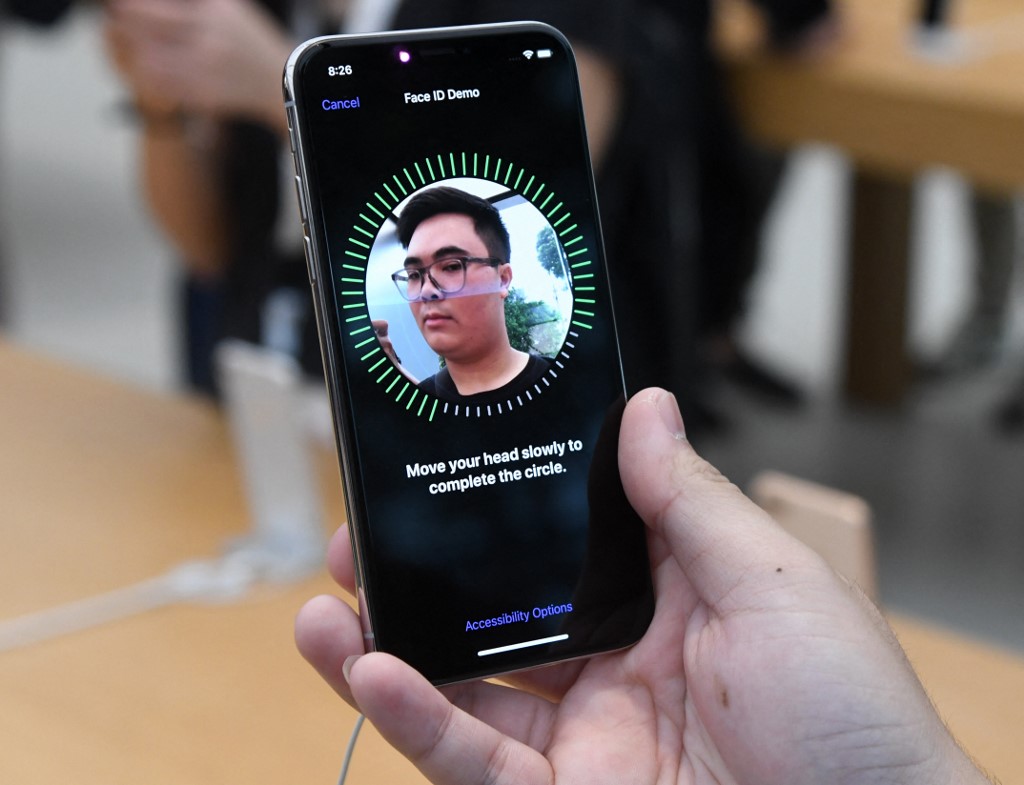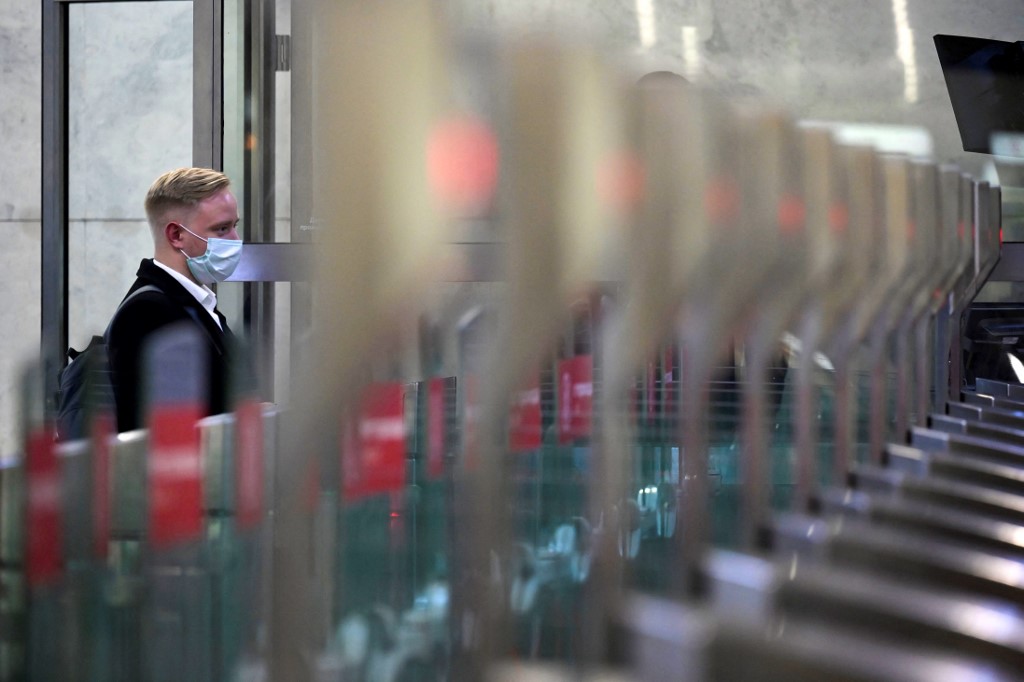Can face recognition biometrics be trusted? Millennials, Gen Zs think so

The use of biometrics has exploded in recent years, particularly fingerprint and face recognition on mobile devices, as a secure means of passwordless authentication to grant access. But concerns about the actual security of such methods have been increasing, even as incidents of data breaches and intrusions on critical business and personal systems have risen sharply in the past couple of years.
But with the uptrend in mobile-based e-commerce and the proliferation of smartphones, face and fingerprint recognition systems to verify identities and unlock connected devices are very much here for the foreseeable future. But are they a reliable means of password-free identity verification?
There are ethical and technical concerns about the safety of face recognition algorithms. Privacy advocates assert that facial recognition databases can be exploited for nefarious purposes, and there are also doubts about the legal use of facial biometrics by law enforcement agencies – would it be legally binding?
A recent regulatory framework published by the World Economic Forum, in cooperation with INTERPOL and the United Nations Interregional Crime and Justice Research Institute (UNICRI), provided feedback that in the face of changing policing strategies, facial recognition algorithms could indeed be used, as an investigation lead, if not for actual enforcement in a court of law.

A customer tries out the face recognition feature on an iPhone X smartphone during its launch in Singapore. (Photo by ROSLAN RAHMAN / AFP)
But how does the average consumer feel about face recognition technology as a biometric security measure? A recent survey by facial recognition firm CyberLink, carried out by the third-party research firm YouGov, of 2,455 US adults aged 18 and above, uncovered that around four in 10 Americans use facial biometrics at least once a day with a mobile app.
68% of respondents use facial recognition to unlock their smartphone, laptop or other personal devices, while 51% apply it to log in to a phone app. Of these people, 18-to-24-year-olds (popularly referred to as the ‘Gen Z’ age group) and up to 34-year-olds (‘millennials’) are the biggest user group by age – three-quarters (75%) of them regularly unlock their devices using facial recognition.
“The explosion of mobile apps, the password nightmare they generated, and the face login solution that followed drove initial adoption in the mass market,” commented CyberLink CEO Jau Huang, highlighting how facial biometrics were being seen as a trusted alternative to less-trusted passwords these days.
Even among individuals reluctant to adopt face biometrics, the survey found that more than half (52%) would still use it at a commercial outlet like a store or restaurant, if there were assurances that their personal information and other sensitive data would be protected. And 42% would consider face technologies to improve safety at residences and workplaces.
Convenience and ease of use would also convince reluctant users. For instance, nearly half (45%) of those surveyed in the CyberLink study said they would employ face recognition if it would reduce waiting times in lines. Another 43% would adopt biometrics if it made procuring items faster and more accessible in contrast to traditional means.

A passenger walks through a ticket gate equipped with a facial recognition fare payment system at Turgenevskaya metro station. (Photo by Natalia KOLESNIKOVA / AFP)
“There’s this perception that people aren’t ready for facial recognition technology, yet almost all of us are using it every day in one way or another,” pointed out CyberLink’s Huang. “New use cases for AI-based computer vision and facial recognition are constantly emerging.”
Some of those use cases are already gaining mass adoption, with the report highlighting use of face recognition technologies in more than half of airports (55%), banks (54%) and medical offices (53%) in the US-centric survey.
Huang said biometric solutions powered by artificial intelligence (AI) could supply a dependable alternative to deal with the talent shortage afflicting many sectors during the pandemic, when a lot of service-level staff were laid off to cut back on costs as businesses digitalized their operations.
“Many see AI-based automation as a key solution to the current labor crisis,” he added. “Traditional and online businesses are using facial recognition to automate a wide set of activities, ranging from security and access control to self-service, statistics and the many facets of customer experience.”
Other aspects uncovered in the research were that current facial recognition naysayers would consider adopting the technology for safety reasons post-pandemic, such as ensuring proper usage of masks on faces (23%) and reducing or eliminating human contact altogether (20%). Another 20% would consider taking up facial recognition solutions if they would afford them a more premium experience, such as a VIP express lane checkout on e-commerce.









